Effective workplace communication is the driving force of a growing organization. Understanding and adapting to a variety of communication styles is crucial in creating a functional workplace with a healthy atmosphere. This in turn facilitates an environment of collaboration. By recognizing the intricacies of communication preferences among team members, organizations create inclusive spaces.
Good communication is more than transmitting a message. Effective communication has a direct impact on team collaboration, productivity, and overall workplace morale. Communication channels should be open and clear. This reduces hesitation to be ‘vocal’ and negates misunderstandings. The hope is that in nurturing such an environment, team members feel a sense of trust among peers.
The effect of fostering such an environment is that teams are more comfortable collaborating openly and naturally, optimizing productivity, innovation, and employee satisfaction. In this blog, we identify different communication styles, explore how training can help, and touch on how leveraging tools and assessments can improve communication in the workplace.
Identifying communication styles in the workplaces
There are four primary communication styles. Contrasting psychological theories might dispute this slightly. However, consensus highlights the four below:
- Assertive: Assertive communicators are direct in how they convey their feelings and thoughts. This is not to say that they intend to speak without sympathy. They are respectful, considering their own needs whilst considering those of others.
- Passive: Passive communicators have an aversion to conflict and confrontation. As a result, they might have a reluctance to express their own opinions and concede to the statements and preferences of others.
- Aggressive: Not to be confused with assertion, aggressive communicators disregard the feelings and needs of others. Whether instinctive or calculated, they express their thoughts and feelings forcefully.
- Passive-aggressive: Passive-aggressive communicators express their dissatisfaction or anger indirectly. More adverse to confrontation than aggressive communicators, they opt for sarcasm, subtle backhanded remarks, or even express disdain through facial expressions.
Each communication style has a huge impact on team collaboration, how projects are managed, as well as how conflicts are dealt with and resolved. Assertive communication encourages open dialogue yet doesn’t shy away from constructive criticism.
Almost unarguably the more favorable style, Assertion is effective in solving problems quickly. It doesn’t present the hesitation of passive styles, nor the confrontation and silencing factors of the two aggressive styles of communication. The assertive communication style often nurtures a positive and productive team environment.
We all too often critique and consider the communication styles of others, whilst paying little regard to our own. We should all reflect and make efforts to identify our predominant communication style. As we understand more about our communication habits, we can gain insights into how they affect team dynamics, atmosphere, and overall productivity.
Understanding and adapting to workplace communication styles
Identifying your predominant communication style does not mean that you cannot put measures in place to work on it, making it more applicable to a working environment. Adaptability in communication is essential, meaning a suitable communication style for speaking to one team member is not necessarily the best for another.
Nurturing an inclusive, productive team dynamic demands adaptability in communication style. By amending your communication style to each team member and situation, you can maximize comprehension, build a closer relationship, and improve overall productivity.
There are certain things that we should all be conscious of whilst communicating and adapting our styles:
- We should be conscious of our body language, and how we stand, sit, and make gestures. Try to appear engaged and interested without being overbearing.
- Remote work challenges present their issues. It can sometimes be difficult to conduct conversations and meetings over tools such as Teams and Zoom. Sometimes meeting participants can feel ignored. Interruptions can be commonplace, and rules should be put in place to promote polite discourse that flows rather than being awkward and neglectful.
- Cultural differences between different nationalities and religions should of course be at the forefront of our consideration.
- Humor. What might be funny in one country, isn’t necessarily in another. Be careful with sarcasm also.
- Language. Grade your language down if communicating with a non-native in your native language.
- Practice active listening, showing sympathy, and responding in context to the conversation. Stay on topic and show that you’re interested.
Barriers to effective communication, such as remote work challenges and cultural differences can be challenging but are vital in nurturing collaboration and productivity. Solutions include cultural awareness training, coaching, and creating a culture of openness where people can productively express their grievances.
Enhancing team communication through feedback and training
Putting into action regular feedback is important in improving workplace communication. Frequent one-on-one meetings, performance reviews/appraisals, and anonymous feedback methods contribute actionable insights that help team member adapt their communication style, aiding growth.
Structured communication training programs, like those we offer at Thomas, help teams understand and practice more effective communication methods. Thomas Applied Knowledge Management courses, for example, offer practical strategies to transform the effectiveness of your communication. Psychometric tests and assessments can also be employed to contribute to part of your ongoing development, using the metrics within to assess the effectiveness of your communication.
Create a culture of open communication, where honest communication is encouraged and valued. Again, active listening can play a part in this, along with regular training and workshops.
Leveraging tools and assessments to improve communication
Thomas offers an array of workplace personality tests and assessments along with behavioral assessments to garner insights into the effectiveness of your communication in the workplace.
The Thomas Behavior assessment can help you to create a behavioral profile through personal profile analytics. Your strengths can be measured, highlighting communicational areas that can be adapted to improve workplace well-being and productivity.
Our Colleague Compare feature is a great tool to assess your communication style against your coworkers to see your compatibilities and incompatibilities. From this, you can learn how to adapt your communication styles when working together. The platform offers practical tips from Thomas Psychologists on how to work together cohesively.
Elevating workplace communication for success
Gaining an understanding of your communication style, as well as learning how to adapt it is necessary in enabling workplace cohesion. Continuous training should be conducted, and feedback from a variety of sources should be sought.
Be sure to take advantage of Thomas's assessments, courses, and platforms to maximize the overall effectiveness of conscious workplace communication.
If we have left anything unanswered, or if you want to pick our brains about anything, please contact one of our friendly team members. We’re here to help.




